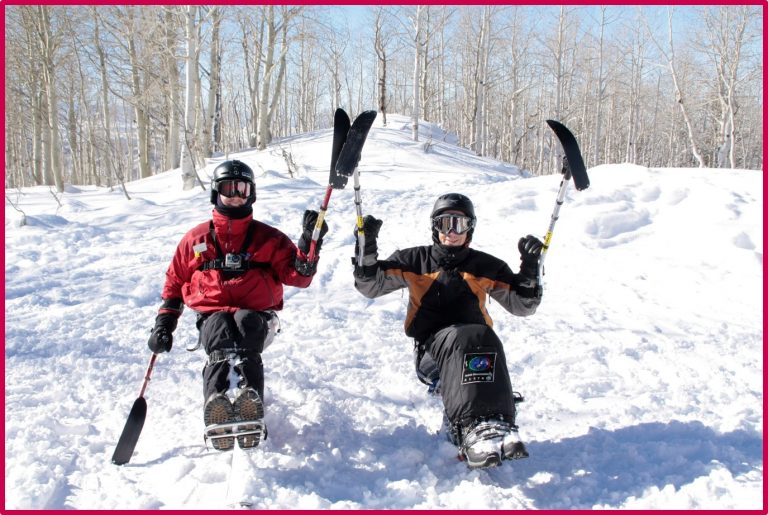Most people start their fitness quest with great intentions, but some lose enthusiasm and get sidelined before they experience real benefits. Here are some common barriers you might encounter—and the ways to overcome them.

It’s easier than you think
“I don’t have time.”
- Make an Action Plan and ensure you commit to recognizing that physical activity is a priority in your life. Click here to learn more about action planning.
- Get motivated by others—ask friends or family to do a physical activity with you.
- Wheel or walk to places you would have normally travelled to in a vehicle. At the very least, park a bit further away from your destination, or get off the bus a few stops early, and walk or wheel the rest of the way.
- Break your activity into smaller segments.
“I don’t have the motivation.”
- Set goals and reward yourself when you reach them.
- Think about all the reasons why you want to be active.
- Identify activities you enjoy.
- Be physically active with your family and friends.
- Take a group class.
- Monitor your progress.
“I experience physical barriers.”
- If pain is a barrier, remember that physical activity may actually be effective in reducing pain.
- Starting physical activity can be difficult when you feel fatigued, but it’s worth it in the end. Often you’ll feel more energized after a workout. Bask in that feeling and your sense of accomplishment—and remember how enjoyable they are next time you encounter that same feeling of fatigue.
- Be creative to maximize all of your abilities.
“I’m really self-conscious and lack confidence.”
- You may be self-conscious about your body or participating publicly in a physical activity, but physical activity doesn’t mean you need to force yourself out of your comfort zone.
- Start slow with an activity you know well, and you’ll soon discover your self-confidence. This will allow you to be more willing to try new things—and step up your intensity level.
“I don’t have access to an exercise facility.”
- Make physical activity part of your daily activities (e.g., household tasks, gardening, actively participating in transfers).
- Use physical activity to get from place to place.
- Try exercising with a video at home—for example, the Active Homes videos.
“I need more support or information.”
- Find a physical activity buddy.
- Connect with your community recreation centre or your provincial SCI organization to learn about options. Click here for contact information.
- Make good use of existing resources such as the Canadian Wheelchair Sport Association’s Bridging the Gap Program, or the Active Living Alliance. Click here for a list of resources.
- If equipment is too expensive to purchase on your own, there may be community-based programs and facilities that have adapted equipment available for you to use. Contact the SCI organization in your province and ask for possibilities.

